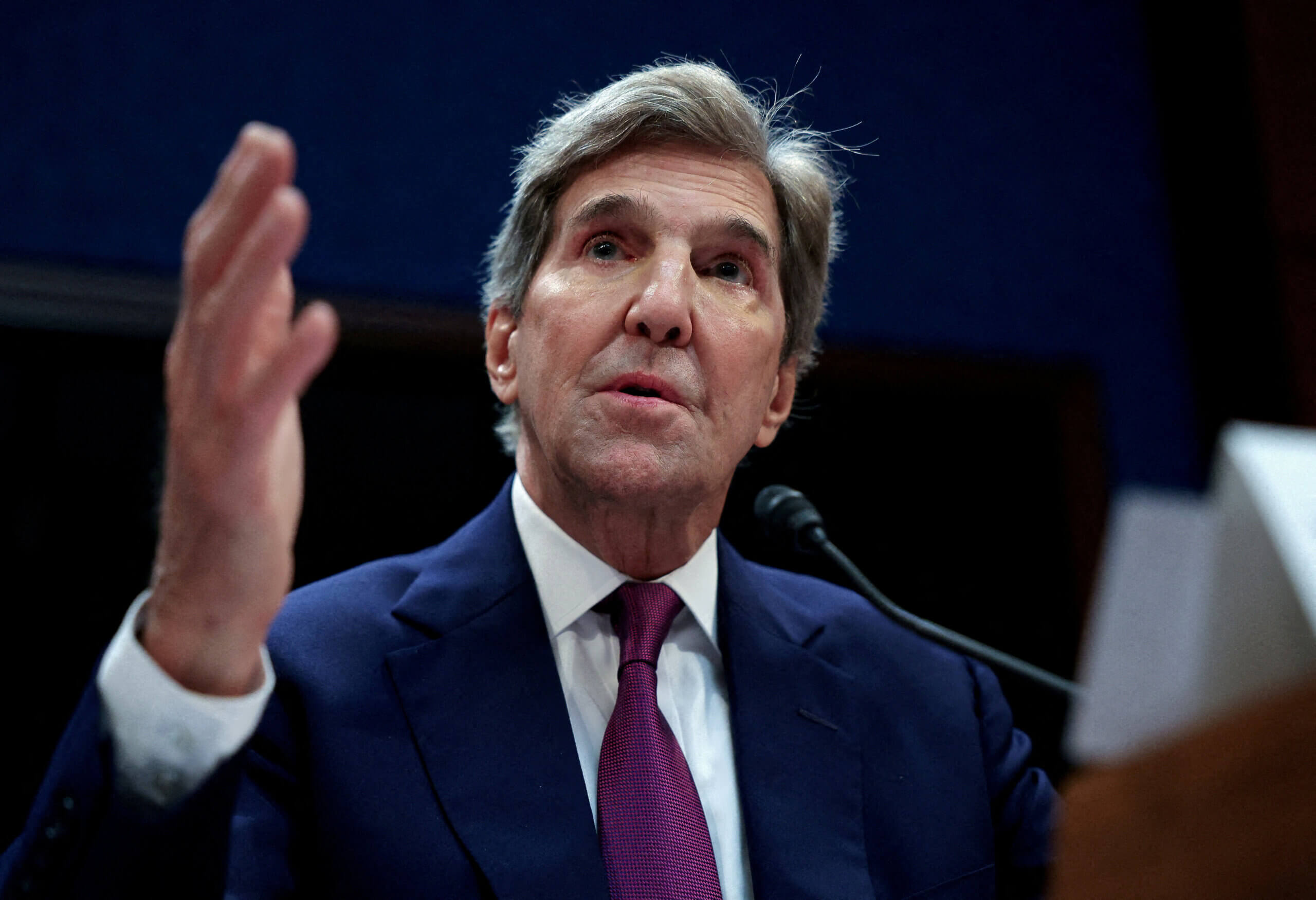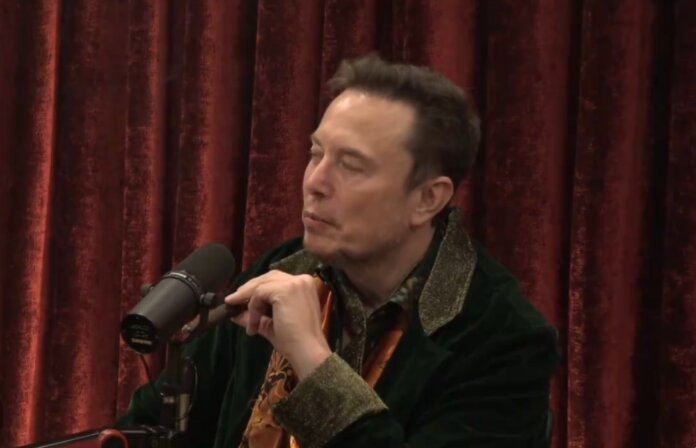As the specter of climate change looms ever larger over the planet, the world’s two largest greenhouse gas emitters, the United States and China, are facing mounting pressure to put aside their political differences and collaborate in the fight against the global climate crisis. Despite tensions simmering between the two nations on various fronts, they have come to recognize the urgency of climate action and the necessity of working together to secure a sustainable future for generations to come.
Table of Contents
A Turbulent Past Hindering Present Collaboration
Historically, the United States and China have often found themselves on opposite sides of the table when it comes to critical international issues. Trade disputes, technological rivalries, and human rights concerns have frequently fueled animosity between the two superpowers, overshadowing their potential for cooperation on environmental matters. Past climate agreements like the Paris Agreement have seen the US and China take parallel but non-committal paths, raising skepticism about their willingness to act in tandem.
Renewed Commitment to Climate Goals
In recent times, there has been a shift in rhetoric from both the United States and China regarding their commitment to climate goals. President X, who assumed office in China, has signaled a stronger intent to combat climate change and lead the country toward a more sustainable future. Meanwhile, the United States, under President Y’s administration, has returned to the Paris Agreement, signaling renewed interest in global climate cooperation.
Challenges in the Path to Collaboration
Despite the newfound willingness to address climate change, deep-rooted geopolitical tensions pose significant challenges to effective collaboration between the US and China. Issues such as intellectual property disputes, territorial claims, and differing political ideologies continue to fuel skepticism over the sincerity of their climate commitments. Escalating these tensions could jeopardize the fragile progress made in climate talks and hinder a united front against the shared threat.
Shared Interests in Renewable Energy and Technological Advancements
Despite their differences, both the US and China share a common interest in advancing renewable energy technologies. The transition to renewable energy sources, such as solar, wind, and hydroelectric power, presents a viable pathway to reduce greenhouse gas emissions and limit global warming. By investing in research and development in these sectors, both nations could foster a competitive spirit that also promotes the well-being of the planet.
Diplomatic Efforts to Bridge the Gap
Recognizing the importance of global cooperation in tackling climate change, diplomatic efforts have intensified to foster dialogue between the US and China. High-level meetings, such as bilateral discussions and multilateral climate summits, have sought to create a space for frank discussions and understanding of each nation’s climate policies. Such dialogues have the potential to pave the way for joint climate initiatives and foster greater mutual trust.
Building on the Foundations of the Paris Agreement
The Paris Agreement remains a crucial framework for international climate action, and both the US and China have the opportunity to strengthen it through renewed cooperation. By revisiting their respective Nationally Determined Contributions (NDCs) and increasing their ambitions, the two nations can set an example for others to follow and inspire global climate momentum.
Collaborating on Adaptation and Resilience
Beyond mitigating greenhouse gas emissions, the US and China can collaborate on building resilience and adapting to the impacts of climate change. Both countries face similar challenges, such as extreme weather events, rising sea levels, and threats to agriculture. Through knowledge sharing and joint research, they can develop strategies to mitigate these impacts and protect vulnerable communities.
The Role of Public Pressure and Grassroots Movements
Public pressure and grassroots movements have played an essential role in urging both the US and China to take climate action more seriously. Demonstrations, strikes, and advocacy from citizens worldwide have pushed governments to prioritize climate change on their agendas. Both nations are beginning to recognize that the voice of their citizens is a powerful catalyst for change.
A Shared Responsibility for Future Generations
In the end, the urgency of climate change transcends political boundaries and ideologies. The US and China, as major global players, have a shared responsibility to address the climate crisis for the sake of future generations. Working together and setting aside geopolitical differences is not just about climate cooperation; it is about securing a sustainable, prosperous, and equitable future for all.
Engaging in Technological and Financial Cooperation
To enhance climate cooperation, the United States and China can engage in technological and financial partnerships. Technological collaboration can involve sharing research and development advancements in clean energy, carbon capture, and sustainable infrastructure. Both nations have the resources and expertise to accelerate innovation in these areas, and by working together, they can unlock new possibilities for combating climate change.
Financial cooperation is equally crucial in supporting climate action. Establishing joint investment funds for renewable energy projects and climate resilience initiatives can bolster the transition to a low-carbon economy. Additionally, aligning international development initiatives can lead to greater funding for climate-friendly projects in developing countries. Such joint efforts not only advance climate goals but also foster economic ties and create mutually beneficial opportunities.
Bridging the Gap on Data Transparency and Accountability
Transparency and accountability are paramount in climate cooperation. Both the United States and China should prioritize data sharing related to greenhouse gas emissions and climate policies. Ensuring accurate reporting and verification mechanisms can help build trust between the two nations and the broader international community.
By working together to establish common reporting standards and verification protocols, the US and China can showcase their dedication to transparent climate efforts. This transparency can pave the way for deeper collaboration and set a positive example for other countries to follow suit.
Overcoming Political Hurdles with Public-Private Partnerships
Political tensions can often hinder swift and effective action on climate change. To overcome these hurdles, public-private partnerships can play a vital role. Companies in both the US and China have the capacity to drive transformative change by committing to sustainability goals, investing in green technologies, and fostering innovation.
By incentivizing businesses to take a proactive stance on climate issues, governments can amplify their climate actions. Public-private partnerships can facilitate knowledge transfer, create jobs in emerging green industries, and strengthen the foundation for long-term climate cooperation between the two nations.
From Rivalry to Collaboration in Clean Technology Trade
Trade relations between the United States and China have not always been smooth, particularly in the realm of technology. However, a shift toward collaboration in clean technology trade can be a win-win for both countries. By easing tariffs and promoting the exchange of sustainable technologies, they can spur economic growth while reducing emissions.
Mutually beneficial trade in clean technologies can also facilitate technology diffusion to other regions, accelerating global climate efforts. To avoid technological rivalry and foster cooperation, both nations must recognize the collective benefit of sharing knowledge and expertise in sustainable solutions.
Seizing Opportunities in Multilateral Climate Platforms
The global fight against climate change is not a solo endeavor; it requires collective action. Both the US and China can leverage multilateral platforms to strengthen climate cooperation. For instance, participating actively in the United Nations Framework Convention on Climate Change (UNFCCC) meetings, the Group of Twenty (G20) climate discussions, and the annual Conference of the Parties (COP) gatherings can provide opportunities for high-level engagement and diplomatic dialogue.
Multilateral platforms offer a neutral space for climate negotiations, enabling both nations to collaborate with a broader international community. By actively engaging in these forums, the US and China can showcase their commitment to climate action and contribute significantly to shaping global climate policies.
Conclusion:
The fate of the planet hangs in the balance, and the US and China must recognize that their actions in the realm of climate cooperation will reverberate worldwide. As they grapple with their differences and confront geopolitical tensions, it is paramount that they find common ground on the imperative issue of climate change. By joining forces and working together to develop innovative solutions and commit to ambitious climate goals, the two nations can pave the way for a more sustainable future and inspire the rest of the world to follow suit. Only through genuine climate cooperation can they truly address the challenges of the present and secure a thriving Earth for generations to come.








